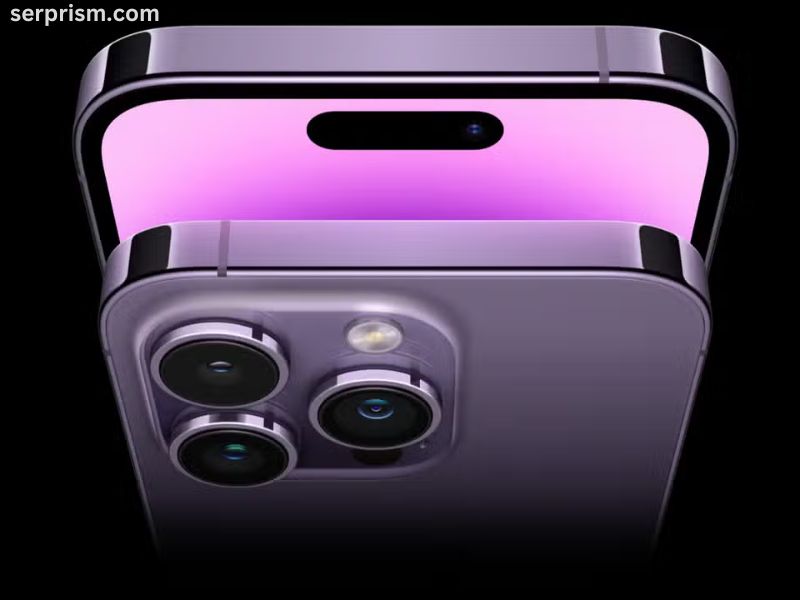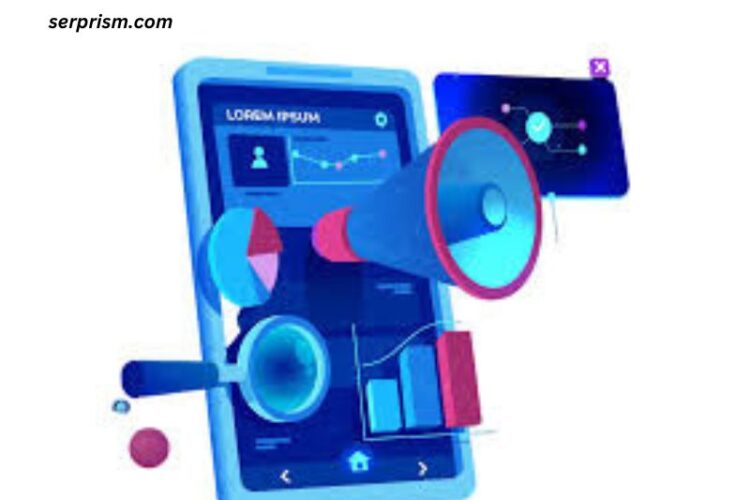
The release of a new iPhone is a major event in the tech world, drawing immense attention from consumers, media, and analysts alike. One of the key factors behind the success of each iPhone model is Apple’s marketing strategy, which is both elaborate and expensive. Understanding the marketing cost of a new iPhone involves delving into various aspects of Apple’s promotional efforts, including advertising, public relations, events, and partnerships. This article provides an in-depth analysis of these components, offering a comprehensive look at the financial investments made by Apple to ensure the success of its flagship device.
Introduction to Apple’s Marketing Strategy
Apple’s marketing strategy is renowned for its sophistication and effectiveness. The company has mastered the art of creating buzz and anticipation around its new products. Each new iPhone launch is a culmination of years of planning, research, and investment. Apple’s marketing strategy is designed to highlight the innovative features of the new iPhone, create a sense of exclusivity, and reinforce the brand’s premium image.
Advertising Costs
Advertising is a cornerstone of Apple’s marketing strategy. The company invests heavily in various forms of advertising to reach its target audience. These include:
a. Television Commercials: Apple’s television commercials are known for their high production values and innovative concepts. These ads are often aired during prime time and on popular networks, ensuring maximum visibility. The cost of producing and airing these commercials can run into millions of dollars.
b. Digital Advertising: In the digital age, online advertising is crucial. Apple invests in targeted ads on social media platforms, search engines, and websites. The cost of digital advertising depends on the platform, targeting options, and competition. Apple’s digital advertising budget is substantial, reflecting the importance of online visibility.
c. Print Media: Although print media is less dominant than it used to be, Apple still allocates a portion of its marketing budget to magazines, newspapers, and other print publications. These ads often appear in high-end lifestyle magazines and technology journals, reinforcing the iPhone’s premium image.
d. Outdoor Advertising: Billboards, transit ads, and other forms of outdoor advertising are used to reach a broad audience. The cost of outdoor advertising varies based on location, size, and duration of the campaign. Apple’s outdoor ads are strategically placed in high-traffic areas to maximize impact.
Public Relations and Media Engagement
Public relations (PR) play a crucial role in shaping the public perception of the new iPhone. Apple invests significantly in PR to manage media coverage, generate buzz, and handle any potential issues. Key PR activities include:
a. Press Releases: Apple issues detailed press releases to announce the new iPhone, highlighting its features, specifications, and availability. The cost of drafting, distributing, and managing press releases is a part of the PR budget.
b. Media Events: Apple’s product launches are often marked by elaborate media events. These events are carefully planned and executed, involving venue rentals, event production, and hospitality. The costs associated with these events can be substantial, as they aim to create a memorable experience for journalists and influencers.
c. Influencer and Blogger Outreach: Apple collaborates with influencers and bloggers to review and promote the new iPhone. This often involves sending free units, providing exclusive access, and sometimes compensating influencers. The cost of these collaborations is part of the overall PR budget.
Launch Events
Apple’s launch events are among the most anticipated and closely watched tech events globally. The company invests heavily in these events to ensure they are visually stunning and impactful. Key expenses include:
a. Venue and Production Costs: Apple typically holds its launch events at iconic locations, such as the Steve Jobs Theater or other high-profile venues. The cost of renting these venues, along with the expenses for staging, lighting, and audiovisual equipment, contributes significantly to the marketing budget.
b. Presentation and Content Creation: The development of presentations, videos, and other content for the launch event involves a team of designers, writers, and production specialists. High-quality content is essential for generating excitement and conveying the iPhone’s features effectively.
c. Live Streaming and Broadcasting: Apple often streams its launch events live to a global audience. The costs associated with live streaming, including technical setup and bandwidth, are part of the overall marketing expenditure.
Retail and In-Store Marketing
The physical retail experience plays a crucial role in the marketing of the new iPhone. Apple invests in various in-store marketing activities to enhance the customer experience:
a. Store Displays and Signage: Apple stores are known for their sleek and modern design. The company invests in creating eye-catching displays and signage to showcase the new iPhone. These displays are carefully designed to highlight the device’s features and attract customers.
b. In-Store Events and Promotions: Apple often holds in-store events and promotions to drive foot traffic and engage customers. These events may include product demonstrations, workshops, and exclusive offers. The cost of organizing and promoting these events is part of the marketing budget.
c. Training and Staffing: Apple invests in training its retail staff to ensure they can effectively communicate the features and benefits of the new iPhone. This includes training materials, workshops, and sometimes additional staffing for high-traffic periods.
Partnerships and Sponsorships
Apple collaborates with various partners and sponsors to enhance the marketing of the new iPhone. These partnerships can include:
a. Carrier Partnerships: Apple works with mobile carriers to promote the new iPhone through exclusive offers, advertisements, and in-store promotions. The cost of these partnerships often involves revenue sharing and marketing expenses.
b. Celebrity Endorsements: While Apple is known for its understated approach to celebrity endorsements, occasional collaborations with high-profile figures can create significant buzz. The cost of these endorsements can be considerable, depending on the celebrity’s profile.
c. App and Content Partnerships: Apple may partner with app developers and content creators to showcase the iPhone’s capabilities. These partnerships can involve co-marketing efforts, special promotions, and content creation, contributing to the overall marketing budget.
Market Research and Analytics
Understanding consumer preferences and market trends is crucial for developing an effective marketing strategy. Apple invests in market research and analytics to inform its marketing decisions:
a. Consumer Research: Apple conducts extensive research to understand consumer needs and preferences. This research helps in crafting targeted marketing messages and identifying key selling points.
b. Competitive Analysis: Analyzing competitors’ strategies and performance is essential for positioning the new iPhone effectively. Apple invests in competitive analysis to stay ahead in the market.
c. Performance Tracking: Apple monitors the performance of its marketing campaigns through various metrics and analytics tools. The cost of tracking and analyzing campaign performance is a part of the marketing budget.
Global Marketing Considerations
Marketing costs can vary significantly based on geographic location. Apple’s global marketing strategy involves tailoring campaigns to different regions:
a. Regional Advertising: Advertising costs can differ based on the region’s media landscape and advertising rates. Apple adjusts its advertising spend to align with regional market conditions.
b. Localization: Localizing marketing materials and campaigns to resonate with regional audiences involves additional costs. This includes translation, cultural adaptation, and region-specific promotions.
c. Distribution and Logistics: Marketing efforts often involve coordinating with distributors and managing logistics. The cost of ensuring the new iPhone is available in various markets adds to the overall marketing expenditure.
Conclusion
The marketing cost of a new iPhone encompasses a wide range of activities and investments, from advertising and public relations to launch events and retail marketing. Apple’s comprehensive marketing strategy is designed to create excitement, reinforce its brand image, and drive sales. Each component of the marketing budget is carefully planned to maximize impact and ensure the success of the new iPhone in a highly competitive market. Understanding these costs provides insight into the extensive efforts that go into making each iPhone launch a major event in the tech world.




